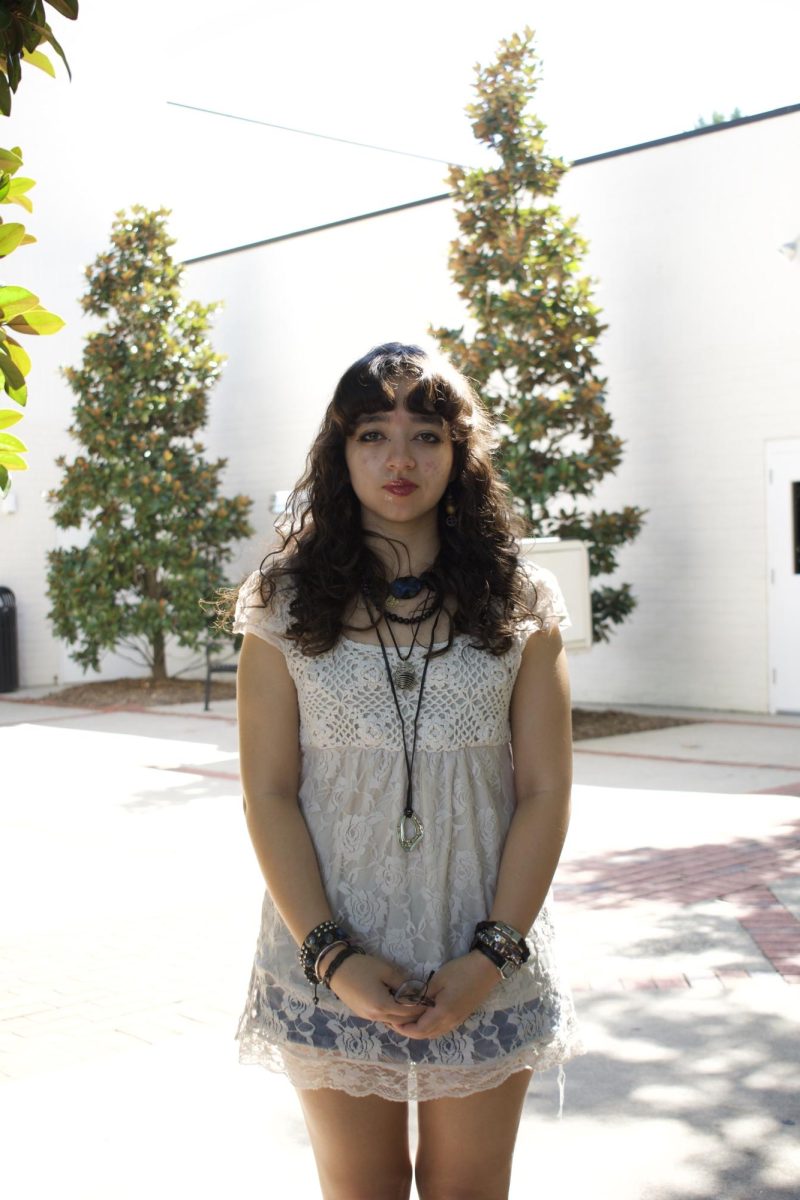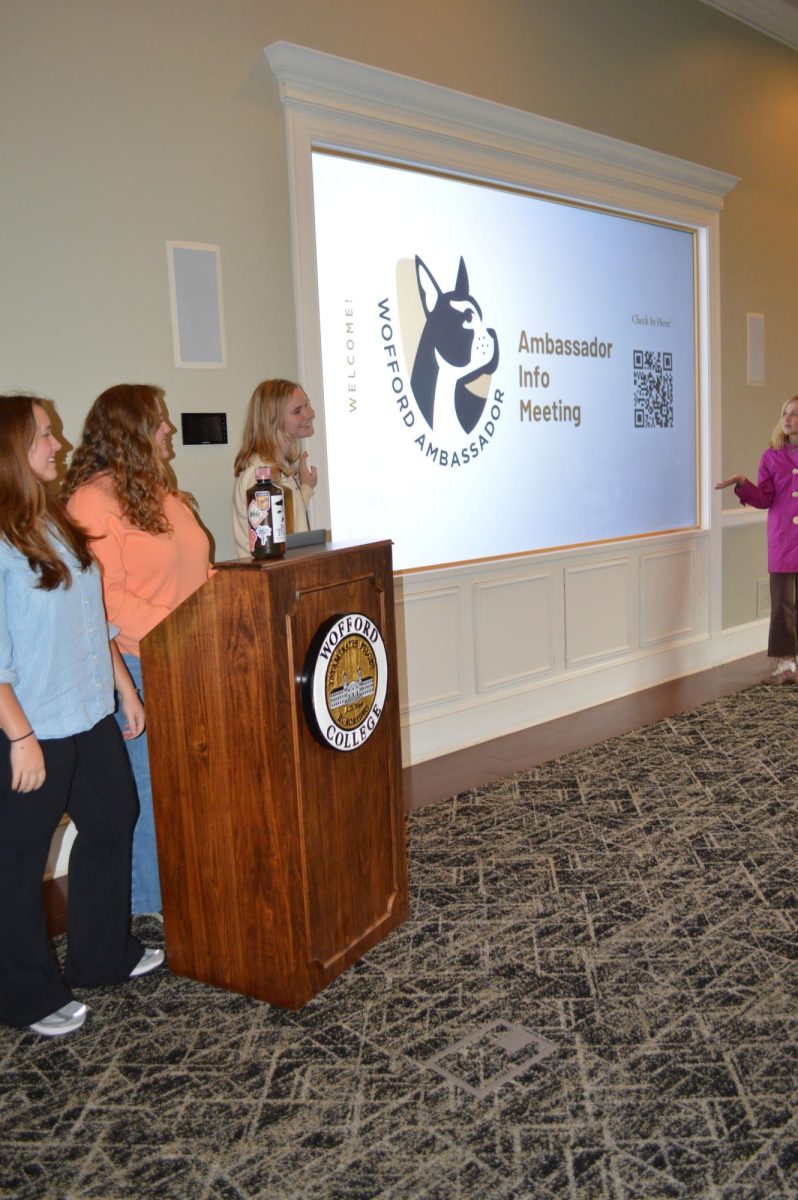By: Sarah Spiro, contributing writer
As a white, blonde American born and raised in the Carolinas, I’ve honestly never had the slightest clue what it’s like to be a minority. Try as genuinely I might, if we are being honest, it would be very difficult to truly empathize with members of racial and ethnic minorities when it comes to conversations on diversity and inclusion. I was born into the racial majority, and for a long time that’s where I stayed. What I didn’t realize was that I had unconsciously chosen to stay there.
It wasn’t until spring semester my junior year, as I left everything I’d ever known and flew nearly 5,000 miles away to Chile, that I stepped outside my majority bubble. I felt what it was like to look wholly and markedly different from absolutely everyone around me; to feel eyes on me wherever I went, devouring any possibility of blending in or feeling normal; to be automatically and reflexively confined into a box of stereotypes before I even opened my mouth. Don’t get me wrong, I had a fantastic study abroad experience, but that aspect of it was at times exhausting, irritating and uncomfortable. It was just…hard. And worst of all – it was only five months.
I began to ask myself, if that’s how I felt after just five months, what would it be like to spend four years on a campus where I was a minority? How about my entire life in a country where I was a minority? And furthermore, why in the world was I just now asking myself these things??
Well, they say ignorance is bliss, right? I realized it was because I’d never chosen to put myself in a position where I would actually be faced with that reality. I say “chosen,” because, as a member of the majority, the fact is it actually requires initiative. Perhaps being in the majority was my default, but I have always had opportunities to step out of that majority and genuinely try to adopt a perspective different from the one I was raised with, but honestly I had never really taken them. Now, I am beginning to understand that continuously remaining a part of the majority is not a default, it is a choice.
While we may not be able to control the large-scale diversity of the area in which we do live, we do have a say in who we surround ourselves with on the small, day-to-day scale. Since returning from my study abroad experience, I’ve continued to be so inspired and challenged through on-campus events and relationships with fellow students, professors and staff who are from different racial and cultural backgrounds than my own. I’ve felt the pull to go with the flow and settle back into the same niche I’d occupied before, but it is these events and relationships that now remind me of the agency that I have over that pull in my own life, and of the responsibility we all have to change it on our campus.
Studying abroad was certainly the initial catalyst for my desire to better empathize with what it’s like to be a minority member on campus, but one need not fly 5,000 miles away just to step outside of the majority. Wofford is jam-packed with opportunities to branch out of your own racial and cultural majority and learn about perspectives that may be different from your own. The Office of Diversity and Inclusion, BSA, MSA, OLAS and AMS, amongst others, do a fantastic job at facilitating these opportunities.
This is just the beginning of what I hope to be a lifelong journey of growing in love and understanding, but if I could go back and give my freshman self any advice upfront, I’d say…take the initiative. Attend multicultural events. Befriend, and I mean really befriend, someone that isn’t white. Ask for other perspectives, instead of just imagining them. In essence, make the choice to step out of the majority.




























